
JBFloyd
-
Posts
1,242 -
Joined
-
Last visited
-
Days Won
1
Content Type
Profiles
Forums
Blogs
Gallery
Events
Store
Posts posted by JBFloyd
-
-
Thanks, Paul. I knew I had seen it somewhere, but I have mis-filed my Wesolowski book. Off to unearth it.
0 -
-
Many thanks for the information.
0 -
-
Owain,
Further thanks, especially for the images.
0 -
"Medal of Culture" - thanks to all.
0 -
-
Lou Small started with the ratio of those who served to the general population figures. He knew the pitfalls that came with such a generalization, but it was a place to start. In those cases where we know the numbers of men who served (or the number of medals purchased/issued), they rarely match Small's estimates. In some cases, like the cities of the northeast, draft eligible men were in abundance, so Small's numbers are low. In the midwest and western states, the population was smaller and more men were deferred because they were in critical industries, like mining and agriculture, so his numbeers tend to be high there.
Unfortunately, it is impossible to estimate issue numbers with any degree of accuracy. Years ago, I found a program from the ceremonies where one county's medals were presented. It's not clear if the men listed were those who served, those who expected to be at the ceremony, or what. But, the numbers were quite small. The men were listed by town within the county, and there were towns listed with under a dozen men. A number of these towns issued their own medals, so issue numbers were quite small. Also, consider that the medal manufacturers didn't want to produce two dozen medals for a town. They wanted the economy of scale that a larger production run would bring, so it is likely that many of the smallest towns ordered several times the number of medals they needed because it was cheaper to buy 100 than to buy 10. The unused medals simply sat in a storage closet for years until a collector came along. The Milton, Pennsylvania, medal comes to mind in this context. I know of a stash that numbered over 50, with every medal in its cardboard wallet.
0 -
The reverse is blank, with a small circular backplate. No maker's or fineness marks. Based on Dave's helpful translation, and in the absence of any documentary evidence to the contrary, I'll refer to it as The Order of Culture.
0 -
-
Thanks Paul.
I got to the new Morton and Eden catalog just after I posted my question.
0 -
Does anyone have the official gold weight of the Czech Order of Klement Gottwald? Type 1, if it matters.
0 -
Bill,
Email sent.
Jeff Floyd
0 -
Al Gleim,the premier researcher of US Army awards, published a list of 321 awards of the Legion of Merit in all grades to Soviet personnel. However, some facts have to be considered when using this list:
1. It only covers the War Department and lower Army headquarters' awards published in General Orders.
2. There are obvious duplications, where awards were made at the US Mission in Moscow, for example, but were repeated in War Department General Orders.
3. Numerous awards were made in the field and may never have been recorded
4. Not all General Orders survived and probably can never be recovered.
In 1947, the US Army reported that, between 7 December 1941 and 30 June 1947, it had made 242 awards of the Legion of Merit to the USSR (1 chief commander, 11 commander, 18 officer, and 88 legionnaire.
So, you can see that the official numbers don't add up. I own four sets of Legion of Merit documents to Red Army personnel. Two came from War Department General Orders and two came from division-level General Orders, but all the certificates were signed by the Secretary of War and the citations by the president. So, it's very easy to count those twice.
0 -
Black and white film of this period cause very unusual color shifts. You'll see the Prussian Centenary Medal ribbon (golden yellow), for example, appear almost black. This is almost certainly the Swedish Order of the Sword.
0 -
Thanks. I went directly to Peter VanStraeten and got the information I needed.
0 -
Is there any way to determine what Belgian awards were received by Elaine Agnes Delhaye, who was apparently involved in the "Comet Line" operations moving downed Allied aircrews out of Belgian and back to Allied territory? She received the US Medal of Freedom and the British King's Medal for Courage in the Cause of Freedom. I'm hoping to establish what she received from the Belgian government.
0 -
The ribbon is for the Syrian Medal for the 25th Anniversary of the Establishment of the Syrian Army, but the pendant doesn't match.
0 -
The War Medal alone would indicate service in the UK, but short of the period necessary to qualify for the Defense Medal. The Sultan's Distinguished Service Medal has the Sultanic device on it (a confusing set of criteria apply).
0 -
One official release about this medal referred to it as an incentive. If anyone is going to strive harder in his/her job in the nuclear field for this thing, they're too dumb to be there in the first place. The Combat Readiness Medal was originally a decoration for just this kind of service, but it quickly deteriorated to a "time served" award. This one will be the same in short order. The time will soon come when the absence of this award after a tour will be a black mark on your career. So, join the nuclear force -- you can get bad jobs, in bad locations, with bad OERs, but we might give you a 30-cent medal just before we pass you over for promotion.
Just once I'd like to see a thoughtful and reality-based response to a genuine problem. But that requires thought and being in touch with reality -- so not likely.
0 -
Certainly in the US, we dig ourselves into a deep hole by listening to the clamor that begins with the first shot. That clamor is for a new campaign medal to be instantaneously designed, produced and awarded, preferably with appropriate devices for as-yet undesignated campaign periods. The decision to use an existing award that might be more appropriate is immediately denounced as a "slap in the face" to the troops (we spend a lot of time slapping people in the face). A a result, we have no comprehensive plan for any of our campaign medals.
We would do well to hold off creation of campaign awards until we know a bit more about the course of the action. This would be opposed to the instant gratification mode we are in, but it would provide sensible ways through situations exactly like this. But, it would also require that we make decisions that will annoy many.
In short, we'll never solve this.
0 -
Paul,
The connection was made by a Dutch researcher through various Ordensalmanach editions, rank lists and similar sources. The attribution was done 30 years ago, with the Spanish and Swedish awards being key.
0 -
It's not mounted as a frackspange, but certainly could have been worn that way. There are enough questions about him and his awards to keep a researcher going for a while. But, in any case, an unusual combination of awards.
 0
0 -
Many thanks, Dave.
It's interesting that he chose to mount up his Iron Cross, but not his Bavarian MVO, and he obviously liked his Spanish and Swedish awards.
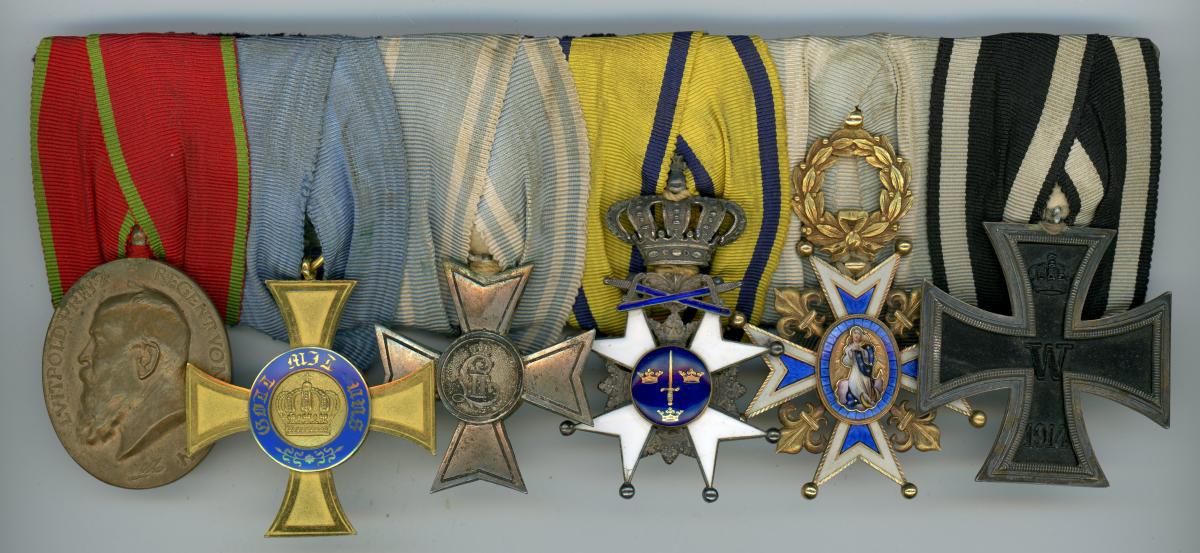 0
0


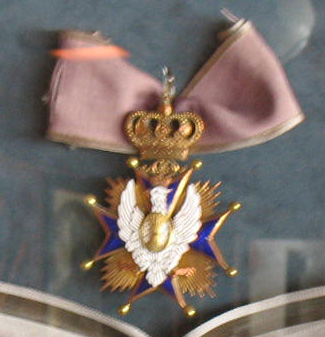
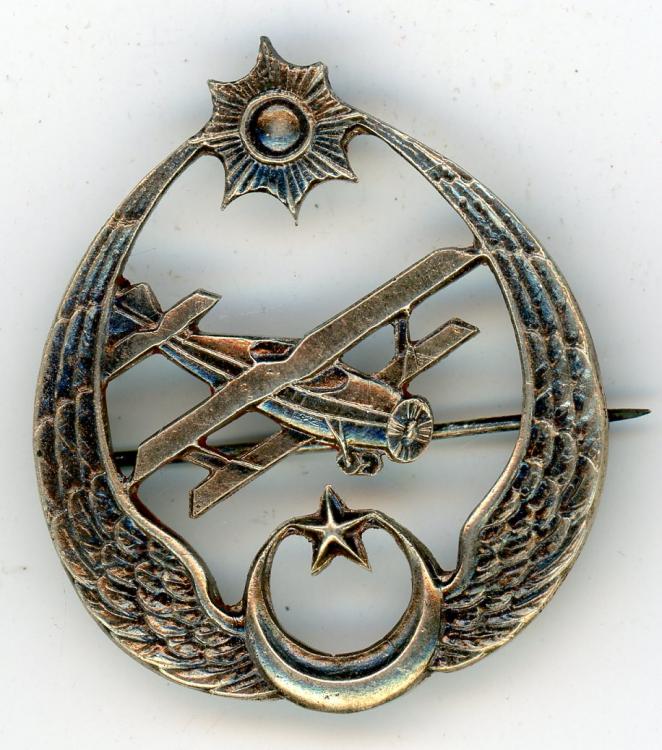
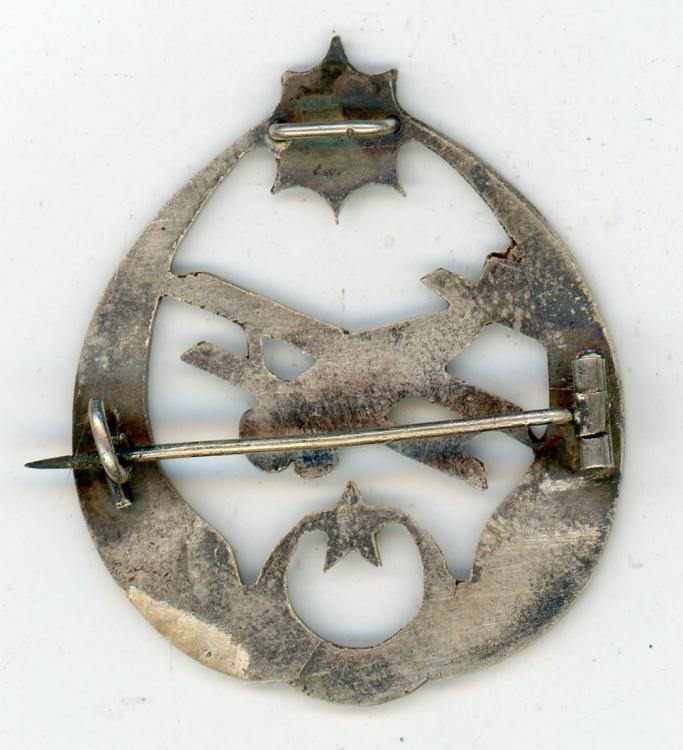
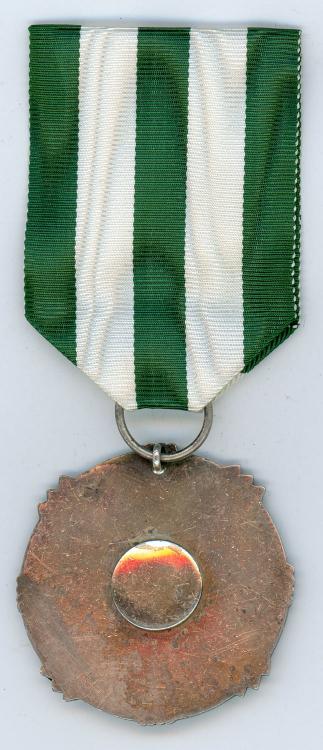
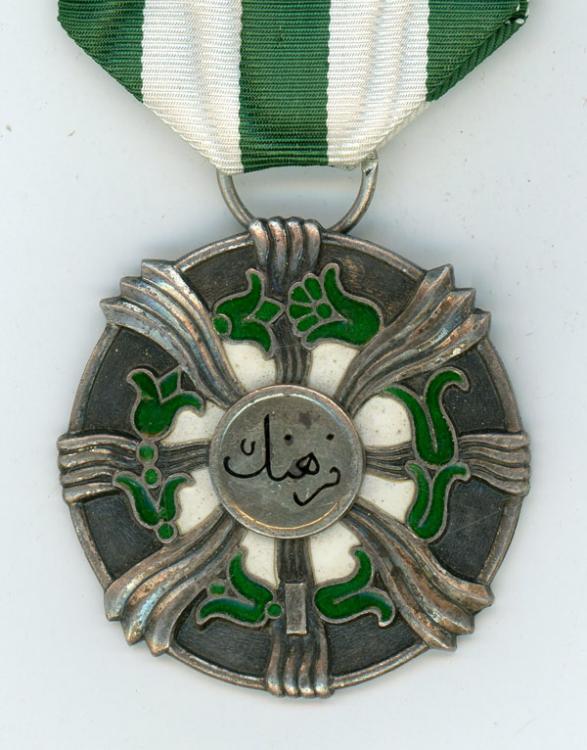
YOU'VE GOTTA BE KIDDING ME!
in Germany: Imperial: The Orders, Decorations and Medals of The Imperial German States
Posted
I wouldn't have bought the PLM at 13K, much less 30k, but that's just my analysis of my niche in the market. There aren't many buyers at that level, but anyone in the business loves to know them. Weitze found one and will ride him/her for as long as possible.
Fresh blood is always the key, and necessary at all levels of the market. The panic at the WAF is based on a market segment with outrageous prices for things that should be relatively common and moderately priced. It is fed by a market where buyers are no longer able to judge items on their technical qualities (weight, dimensions, structure, etc), but rely on their favorite seller. Not too long ago, buyers would know that a piece should weigh "X", with a tolerance of "Y", while now the question is "Where did it come from?" If the answer is a source that they like, then it's a "good" piece. When you don't know the technical data on what you collect, you're at the mercy of everyone looking to sell the good, bad or ugly. In the Third Reich market here in the US, I see two things happening: (1) new collectors get eaten alive by the sharks and (2) a general fear that the Third Reich market is eroding. A number of the high end players I know see the end of the music in the near- to mid-term. Many have been quitely liquidating their big ticket items for high-end British or American items.
I don't see the market being less accessible. Certainly prices have risen, but the demand has risen as well. As Paul notes, there are ways to collect on a tight budget. I've sold medals from a website for two years now, and well over 80% of my sales are to people I've never heard of, who are not members of any organization of collectors, and who prefer apparently to operate with anonymity. Those of us who are "old-school" about collecting don't understand the new buyers' mentality, but they are out there in great profusion and ready to spend if you have what they want. I don't think the hobby is collapsing, but it is changing. It will be a while before we really sort out what's really happening. Just as our parents thought of us as the end of civilization, and we look at the younger generation in the same way, neither judgment is accurate and things will continue. They won't necessarily be worse, or better, just different. This most important thing is how the rest of us react and evolve.
We used to be limited by the number of militaria fairs we attended. Then we had printed lists arriving in the mail box. And now, anyone with computer access can plow through my stock while living in his mother's basement. I can sit in my office near Washington, DC, and bid in Paul's auction in London, competing live against buyers in Singapore and Buenos Aires. That strikes me as practically unlimited accessability.
Sorry I didn't have enough time to write a shorter post.